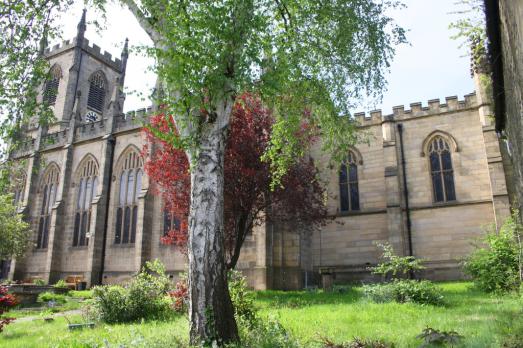
Christ Church
Sowerby Bridge , Yorkshire | HX6 2LW
Built by John Oates opened in 1821 and funded by the Victorian industrialists for the increasing workforce in their factories.
We have supported this church
Search for a fascinating place to visit, or see the variety of churches, chapels and meeting houses we have supported.

Sowerby Bridge , Yorkshire | HX6 2LW
Built by John Oates opened in 1821 and funded by the Victorian industrialists for the increasing workforce in their factories.
We have supported this church
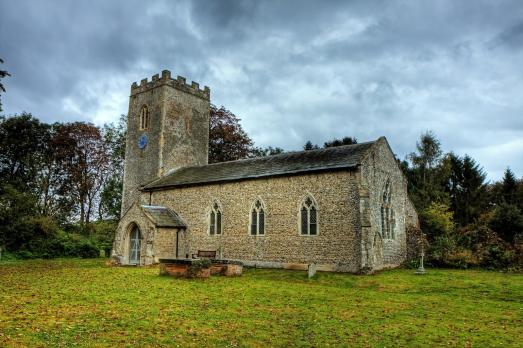
Thurning, Norfolk | NR20 5QX
A small 13th century church in a rural setting with box pews and triple decker pulpit.
We have supported this church

Norwich, Norfolk | NR3 3NT
A relatively new church but with 90 years of history, reaching out to its community.
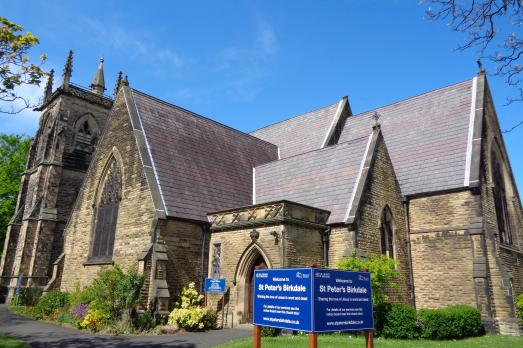
Birkdale, Merseyside | PR8 4BY
Church built 1870, situated near to Birkdale village.
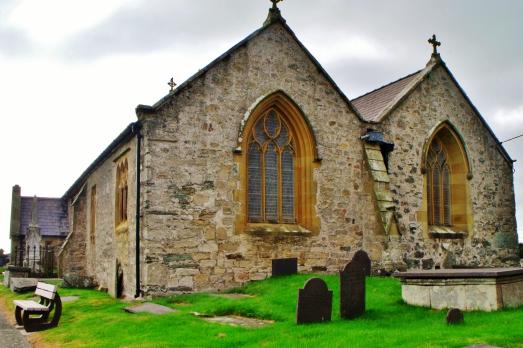
Aberffraw, Anglesey | LL63 5EJ
A 12th century parish church, St Beuno's may have been used as a royal chapel during the early Middle Ages, as the princes of Gwynedd had a court in Aberffraw.

Todmorden, Yorkshire | OL14 6LE
Todmorden Unitarian Church has had a tumultuous and dramatic history, fitting of its grand and striking architecture, it is regarded as one of the finest examples of the Gothic Revival style of architecture.
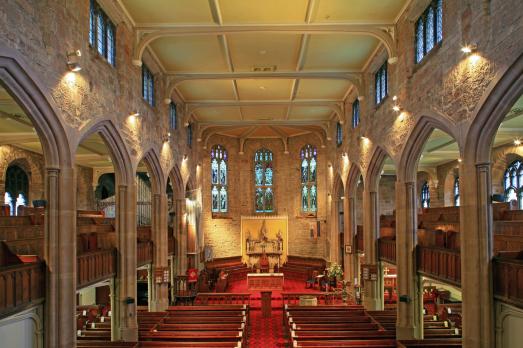
Darwen, Lancashire | BB3 3HE
We are a Commissioners church consecrated in 1829 and is a warm and friendly place to visit.
We have supported this church

Llanbedrgoch, Anglesey | LL76 8SJ
A small medieval parish church near the village of Llanbedrgoch in Anglesey, north Wales.

Sykehouse, Yorkshire | DA14 9AT
Although there is some evidence of a chapel having existed at the end of the 12th century, the earliest definite reference is of a licence is dated 1425.

Womersley, Yorkshire | DN6 9BH
On the outside, a fine medieval church with a broach spire and on the inside, a complete Victorian Gothic interior by GF Bodley with beautifully decorated ceilings throughout the church.
We have supported this church

Cawston, Norfolk | NR10 4AG
Cawston's enormous cruciform church has treasures that are well worth travelling for.

Southport, Merseyside | PR8 6QR
A 19th century building with tastefully done 20th century reordering.
We have supported this church